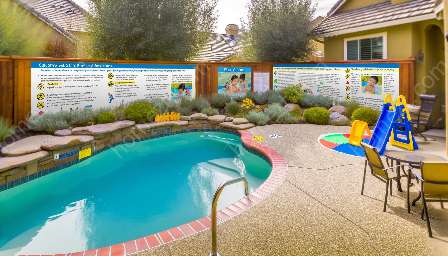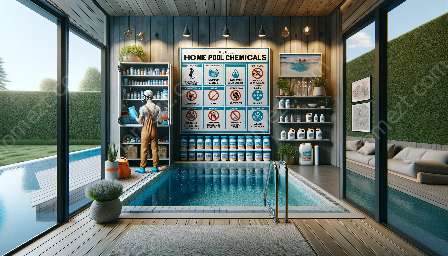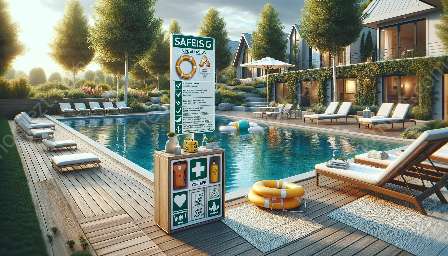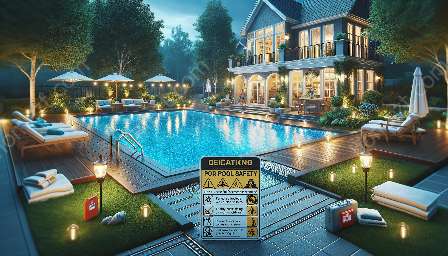Effective first aid and CPR techniques are essential for addressing pool incidents and ensuring home pool safety and security. In this comprehensive guide, we will explore the best practices for handling pool emergencies with confidence, while also addressing the broader topic of home safety and security.
Understanding the Importance of First Aid and CPR for Pool Incidents
As a pool owner or someone responsible for the safety of individuals using a pool, being prepared to respond to emergencies is crucial. Accidents and incidents can occur suddenly, and having the knowledge and skills to provide immediate assistance can be life-saving.
First aid and CPR techniques specifically tailored for pool incidents are essential, considering the unique risks associated with water-related emergencies. Whether it's a near-drowning, a slip or fall near the pool, or any other unexpected situation, being equipped with the right knowledge can make a significant difference in the outcome.
Basic First Aid Steps for Pool Incidents
First and foremost, it's important to stay calm and act swiftly when a pool incident occurs. Following these basic steps can help in providing immediate assistance:
- Assess the Situation: Quickly evaluate the scene to determine the nature and severity of the incident.
- Ensure Personal Safety: If possible, ensure that the area is safe for you to provide assistance without putting yourself at risk.
- Reach for Support: If there are other individuals around, call for help immediately.
- Assist the Victim to Safety: Carefully remove the victim from the water, if necessary, ensuring stabilization of the head and neck if there's a suspicion of spinal injury.
- Check Breathing and Circulation: Assess the victim's breathing and pulse. If absent or irregular, begin CPR immediately.
CPR Techniques for Pool Incidents
When it comes to performing CPR during pool incidents, the following steps should be followed:
- Position: Lay the victim on a firm, flat surface, and ensure the airway is clear.
- Compressions and Rescue Breaths: Initiate chest compressions and rescue breaths, following the standard CPR ratio of 30 compressions to 2 breaths.
- Continue Until Help Arrives: Maintain the CPR process until medical help or emergency services arrive.
Home Pool Safety and Security
Aside from being equipped with first aid and CPR skills for pool incidents, ensuring home pool safety and security requires proactive measures to prevent emergencies from happening in the first place. Some essential steps for maintaining a safe home pool environment include:
- Secure Fencing and Barriers: Install secure fencing and barriers around the pool area to prevent unauthorized access, especially for households with children or pets.
- Pool Alarms and Safety Covers: Consider installing pool alarms and safety covers for added protection and to alert you of any unauthorized entry or potential accidents.
- Regular Maintenance and Inspections: Keep the pool and its surroundings well-maintained, inspecting for any hazards, broken equipment, or potential risks.
- Establish Pool Rules: Clearly communicate and enforce pool rules with family members and guests to ensure safe and responsible behavior around the pool.
- Home Security Systems: Invest in a reliable home security system with alarms, cameras, and monitoring services for comprehensive protection.
- Smoke & Carbon Monoxide Detectors: Install and regularly maintain smoke and carbon monoxide detectors throughout your home to prevent potential hazards.
- Emergency Preparedness: Have a well-equipped emergency kit and an emergency plan in place for various scenarios, including natural disasters and medical emergencies.
- Secure Entry Points: Ensure that doors and windows are equipped with secure locks and consider additional security measures such as motion-sensing lights.
Home Safety & Security
Enhancing home safety and security goes beyond pool incidents. Here are some additional measures to consider for overall home safety and security:

























